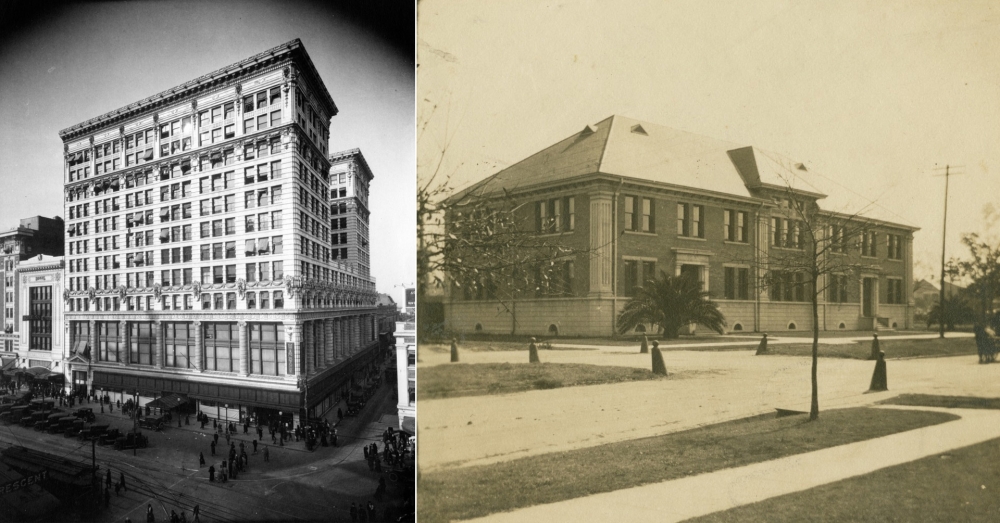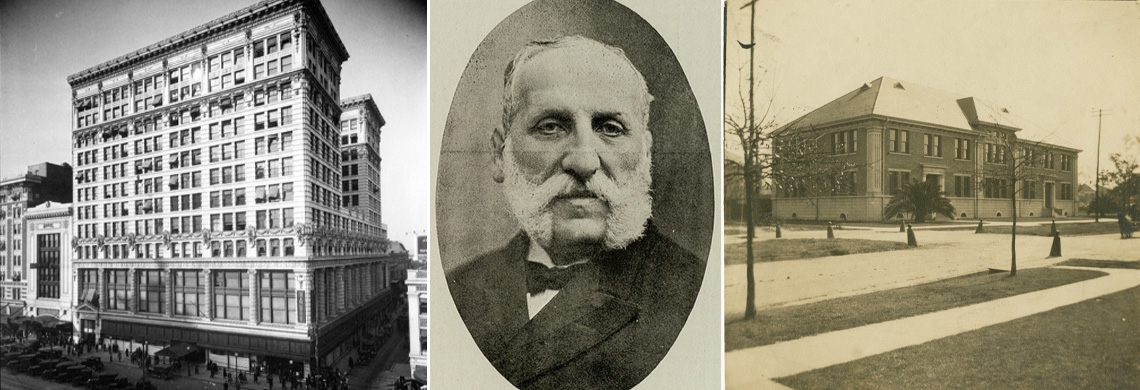The name Isidore Newman has made its way into the homes of millions of Americans in the last decade thanks to a growing list of famous alumni of the school that bears his name—Michael Lewis and Walter Isaacson, who wrote the books that inspired The Big Short and Steve Jobs, and a number of professional football players.
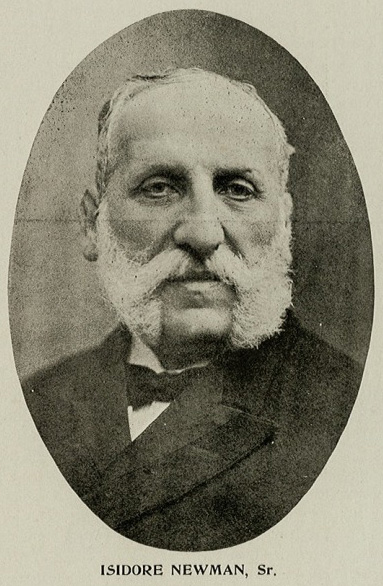 Lurking beneath the sheen of Hollywood and the National Football League, though, is Isador Neumond, a penniless German-Jewish immigrant who arrived in New Orleans in 1853. Newman, as he would be called in America, began his illustrious commercial career with a hiccup: a cotton brokerage that fell victim to the economic and political turmoil of the Civil War. His subsequent rebound in the stock market, however, earned him great wealth, and he eventually helped found the New Orleans Stock Exchange—an organization for which he would later serve as president.
Lurking beneath the sheen of Hollywood and the National Football League, though, is Isador Neumond, a penniless German-Jewish immigrant who arrived in New Orleans in 1853. Newman, as he would be called in America, began his illustrious commercial career with a hiccup: a cotton brokerage that fell victim to the economic and political turmoil of the Civil War. His subsequent rebound in the stock market, however, earned him great wealth, and he eventually helped found the New Orleans Stock Exchange—an organization for which he would later serve as president.
His cultural contributions span his business and philanthropic career. He helped reorganize and open the Maison Blanche chain of department stores that gave the world Mr. Bingle. In the 1890s, he acquired several railway lines, known locally as streetcars, and replaced their mules with electrical power lines, a technology that remains in use. He financed similar projects in Birmingham and Nashville in the interest of spurring the southern economy.
Newman’s philanthropic efforts included donations to Jewish, Christian, and black organizations. Many gifts were kept private, but some materialized in tangible ways that remain today. The Newman Bandstand on the Magazine Street end of Audubon Park is one example of this—an opulent fixture named after Newman to honor his yearly donations to finance free concerts in the park. (To this day, the park holds free concerts at the Newman Bandstand.)
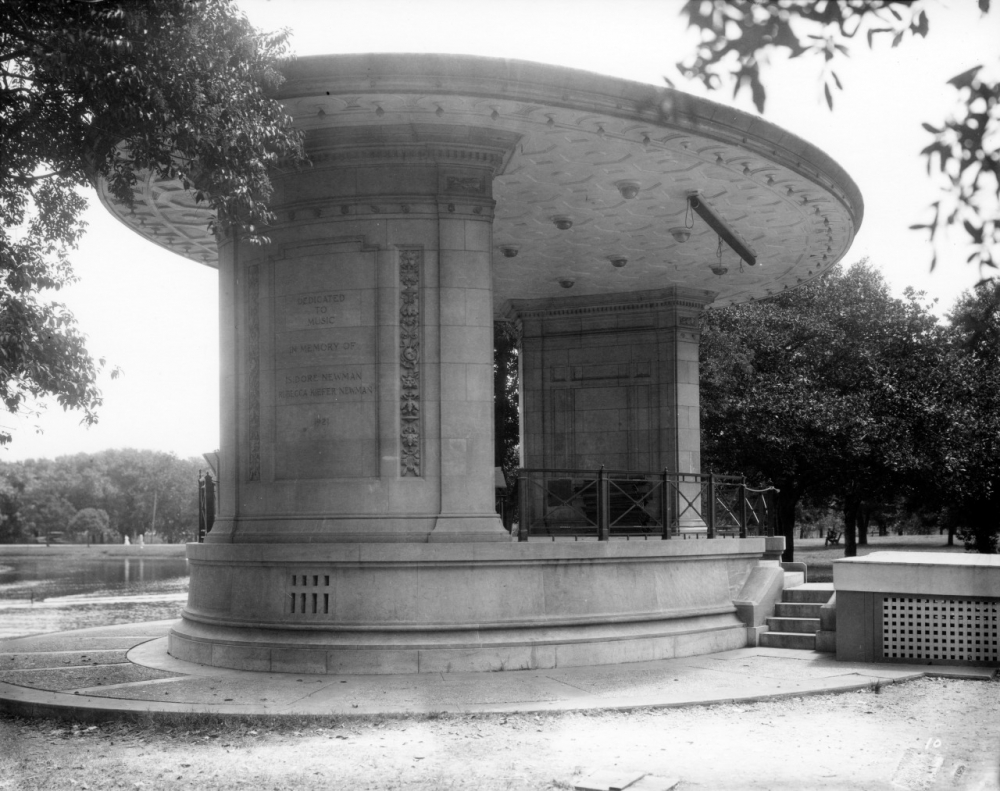
The Newman Bandstand in Audubon Park was named after Newman to honor his yearly donations to finance free concerts in the park. (The Charles L. Franck Studio Collection at THNOC, 1979.325.5723)
Isidore Newman School was also born out of Newman’s commitment to the advancement of the community.
The Jewish Orphans home—formed as The New Orleans Association for Jewish Widows and Orphans after a decimating yellow fever epidemic in 1854—wanted a manual training school so that its children could learn skilled labor. As a member of the organization’s board, Newman promptly offered all of the funds necessary for the school’s construction on Peters Avenue, now known as Jefferson Avenue—a sum that totaled around $30,000. Newman and the board of the home insisted that the school be open to all local children, regardless of religion, but Jim Crow segregation laws kept the school closed to blacks for decades.
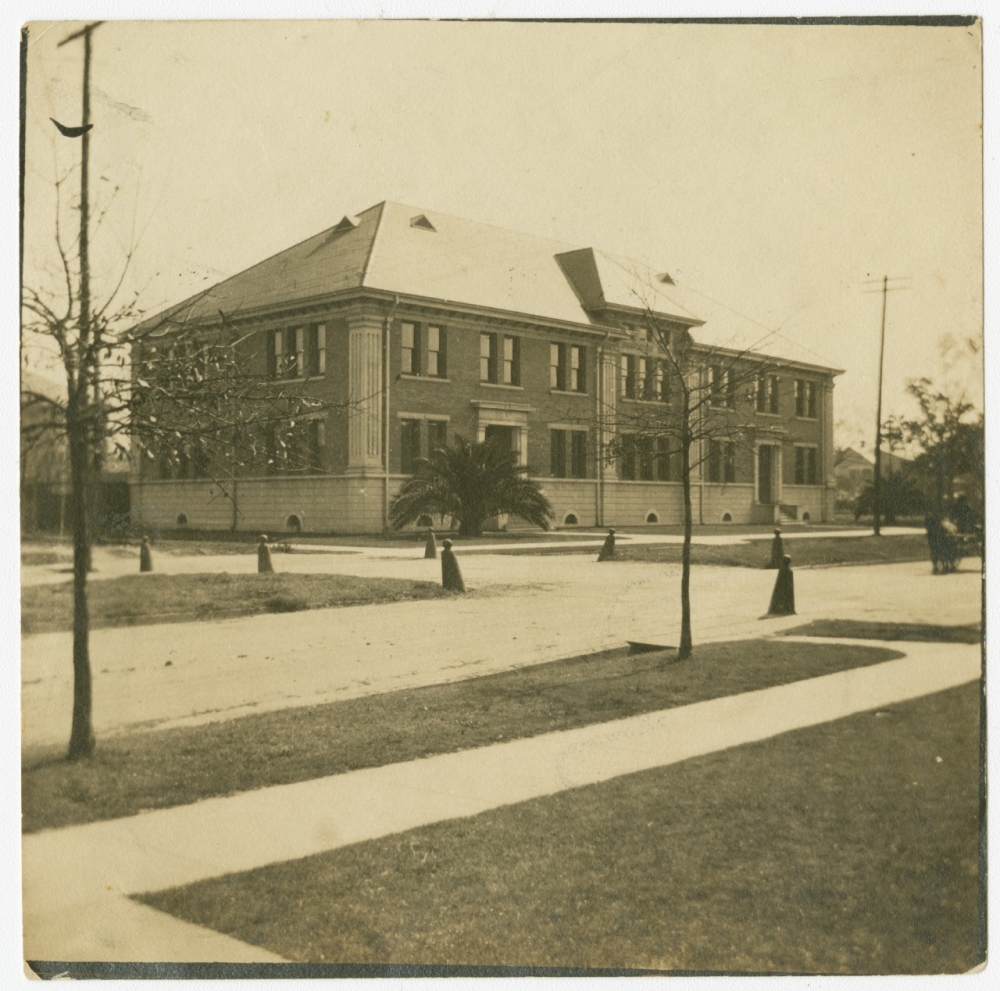
Newman donated money to build a manual training school for Jewish orphans on Jefferson Avenue. The school opened in 1903 and still bears his name. (THNOC, gift of Mrs. Edmund B. Richardson, 1993.71.184)
As recognition of Newman’s giving, he received the Picayune Loving Cup in 1903, the very same year that the Isidore Newman Manual Training School opened. Now, locals just call it Newman, solidifying a place in the New Orleans lexicon for a once-destitute man known as Isador Neumond.
A version of this story originally appeared in the Historically Speaking column of the New Orleans Advocate.
